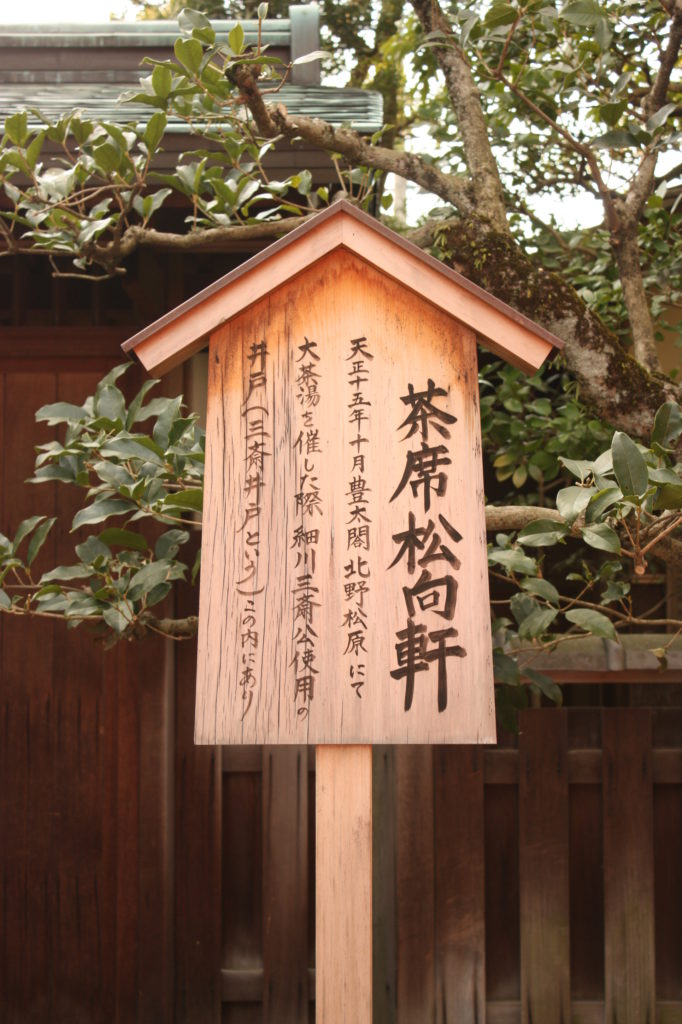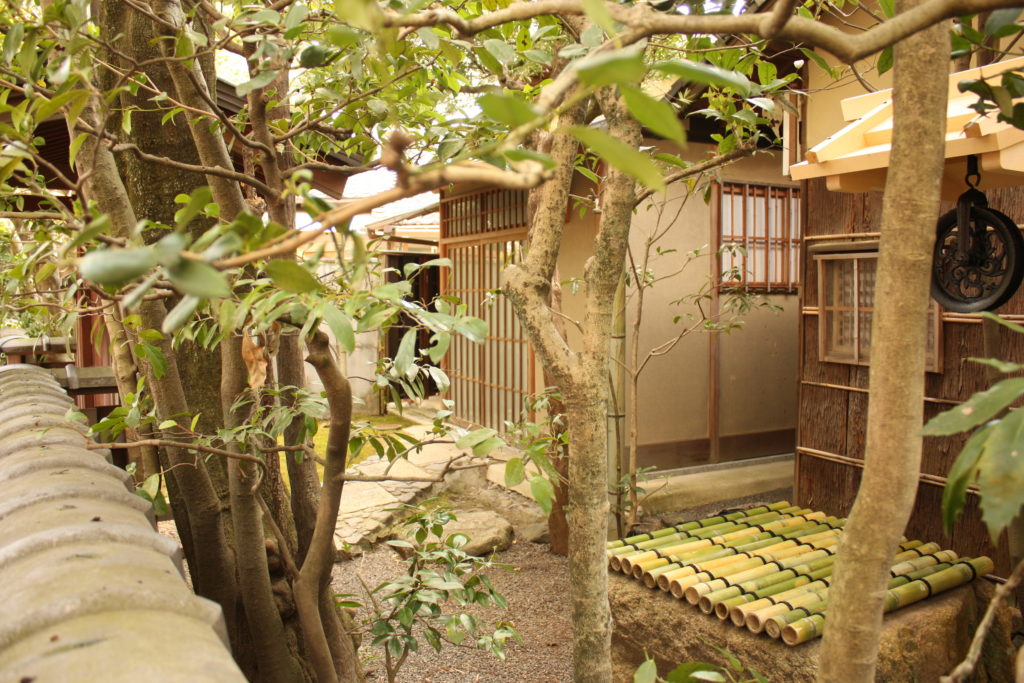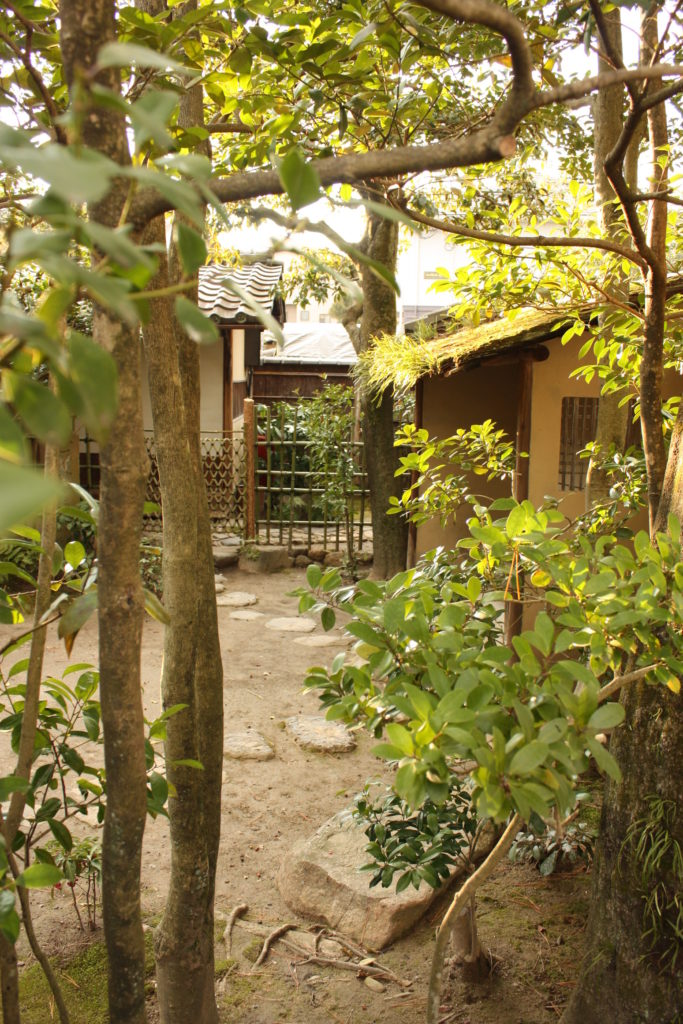I’ve been to Japan quite a few times by now, but there are always things that you notice on trips that you didn’t before.
1) Restaurants, at least here in Kyoto, almost all seem to serve hojicha or genmaicha as the tea of choice. Of the ones that I’ve gone to so far, that has always been the case. Some of these places are not exactly crap restaurants either, and the hojicha, as far as I can tell, are pretty decent. In one case, it was the most interesting hojicha I’ve ever had. I think sencha perhaps doesn’t go as well in many ways with a lot of cuisine, and I can sort of see why. Hojicha is a bit more neutral, and probably does a better job of making food go down easier than sencha could.
2) There really are a lot of teaware stores here. Last time I was here I ran into a teaware store near Daitoku-ji that sold me a few coasters that I think are really quite nice. This time, walking around the main shopping districts here in Kyoto, there are many more teaware shops that sell quality stuff. The prices range from reasonable to very expensive, and it all depends on what you’re going for. If you want a run of the mill kyusu, a few thousand yen will do. If you want a nice chawan from someone who’s probably a bit more than unknown, you’re going to have to shell out a few hundred thousand yen. Chawan styles that are most commonly sold here seem to be kyo-yaki that are very colourful and full of makie decorations with vibrant colours. There are your rakuyaki, of course, and there’s even a whole store devoted to just selling rakuyaki in Gion, and other styles are also sold here, but kyo-yaki is definitely the most common one. To just give you an idea:
 This is just another teaware store. For those who like browsing, if not buying for stuff, there’s no better place than Kyoto. You don’t find the same concentration of such stores elsewhere in Japan – you have to have a better idea of where to look.
This is just another teaware store. For those who like browsing, if not buying for stuff, there’s no better place than Kyoto. You don’t find the same concentration of such stores elsewhere in Japan – you have to have a better idea of where to look.
3) I don’t drink much of Japanese tea at all, especially the green stuff, so I don’t usually shop for them. Prices, however, are expensive, and I think most of the high end stuff you’ll never see in the US. Prices on the high end seem to be somewhere in the 3000yen/100g range. Granted, this is retail in a touristy city in Kyoto, but like teas in Taiwan, China, and elsewhere, I think the outcome is the same – the best stuff stays at home.




Yeah whisky prices have been leaking too, as well as luxury watches. I wrote a post maybe a decade ago…